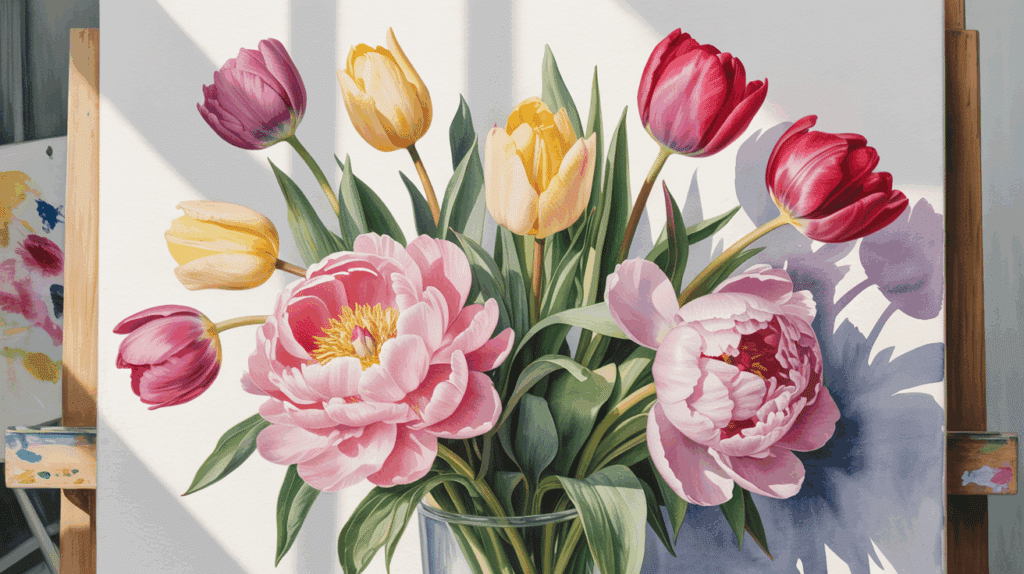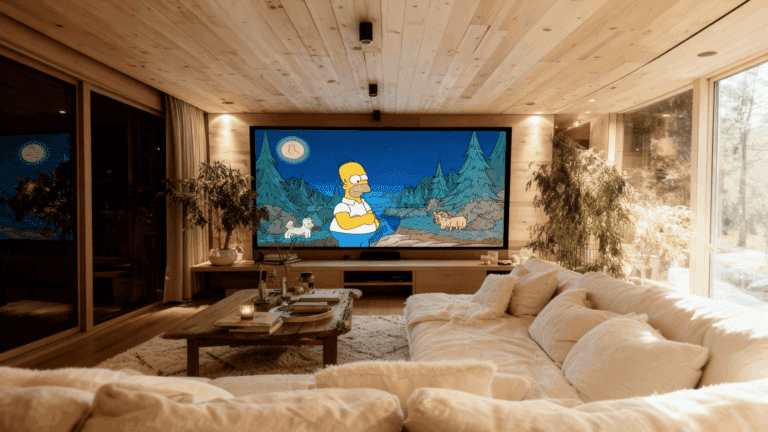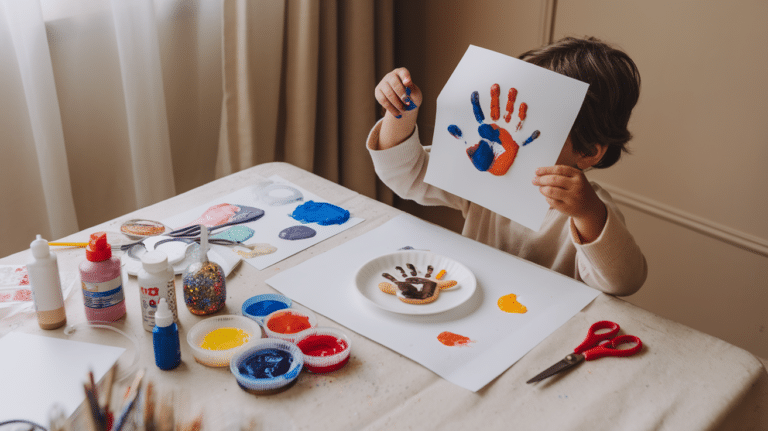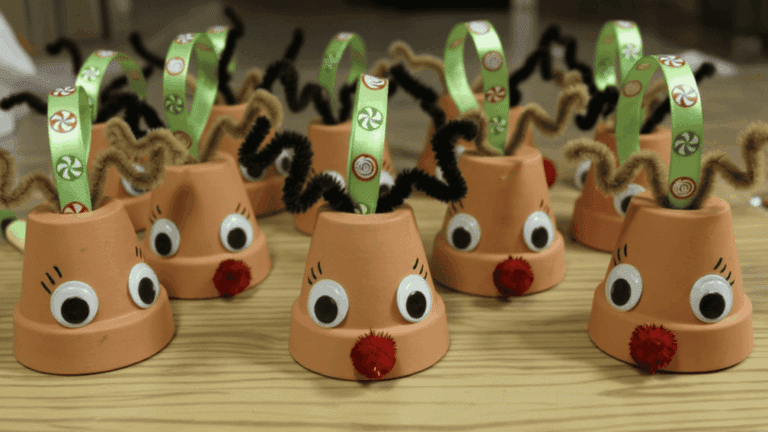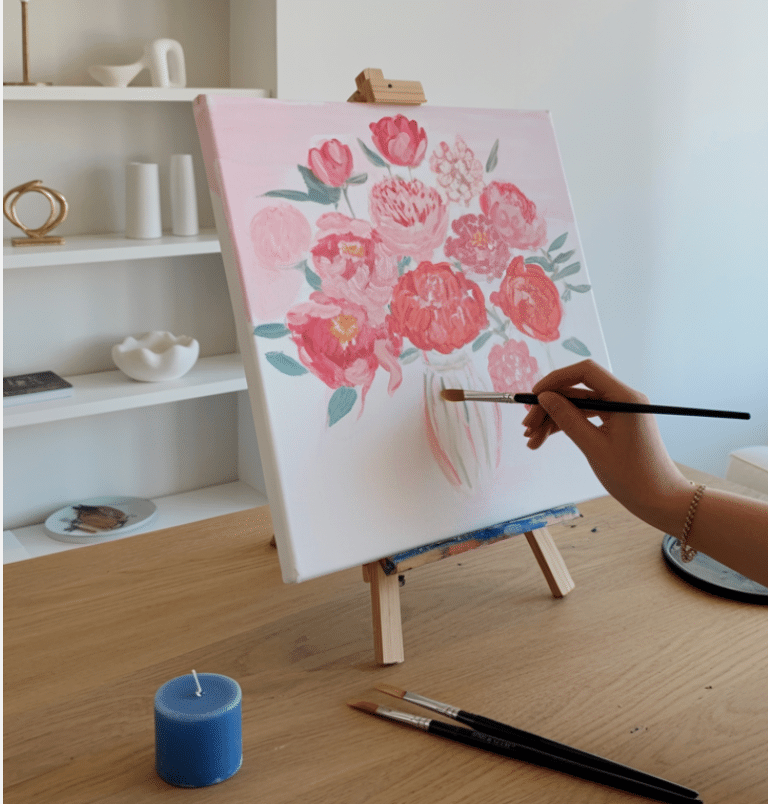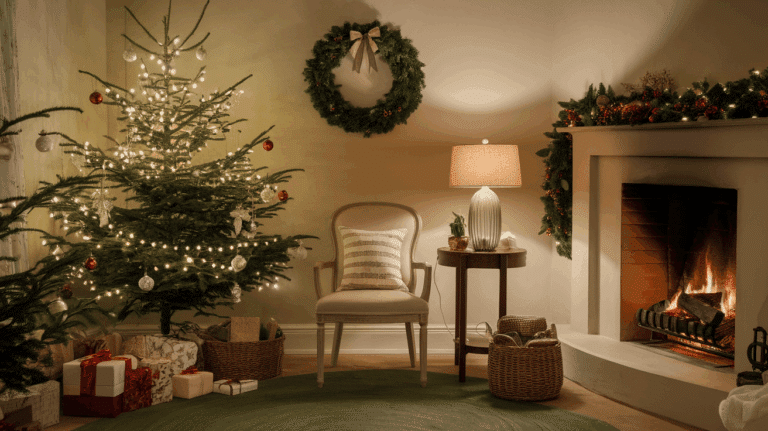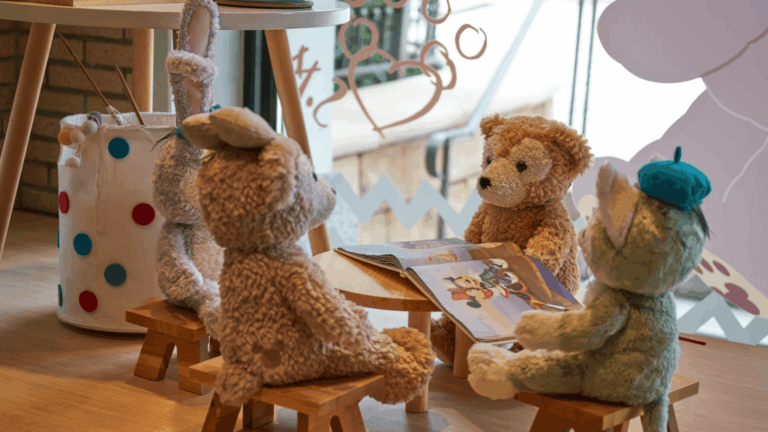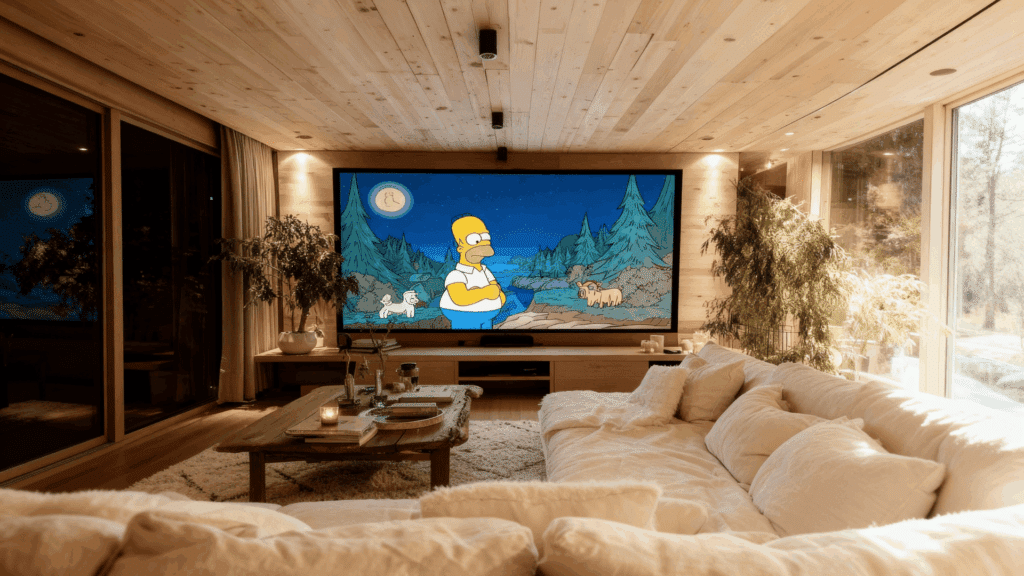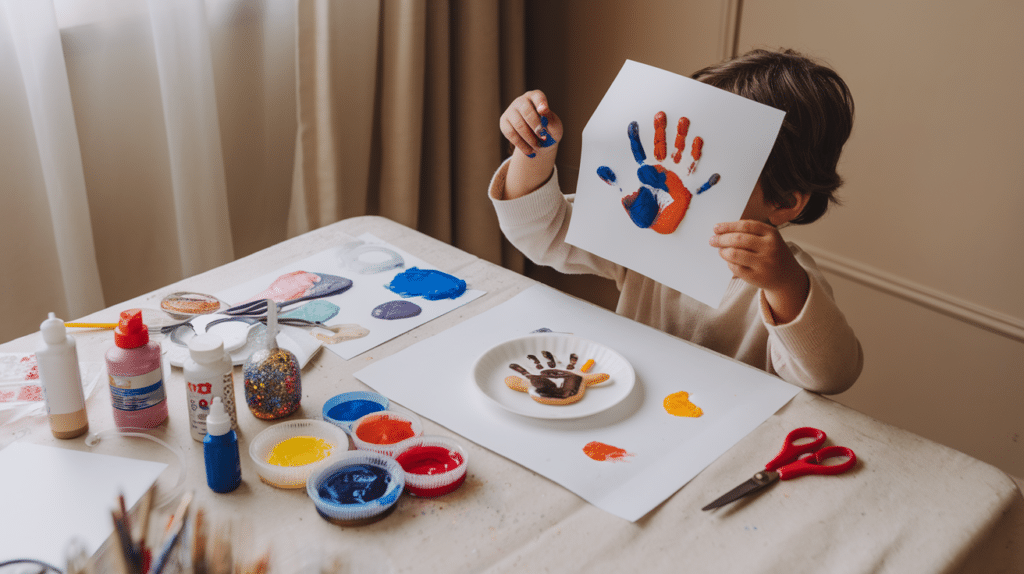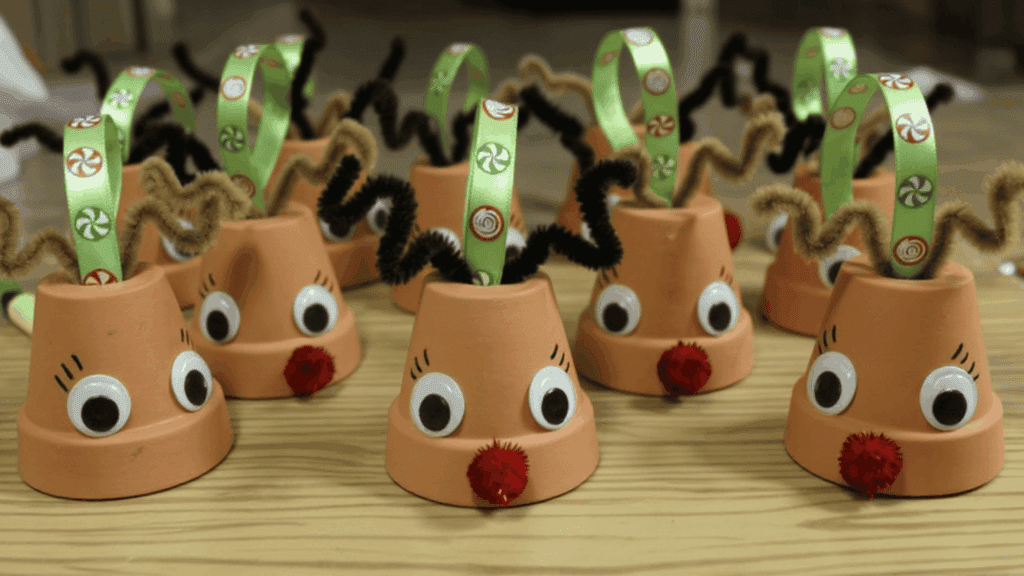Starting with watercolors can feel overwhelming. Many beginners worry they lack the skills to create beautiful art.
They often think watercolor painting requires years of training and expensive supplies.
The truth is, anyone can create amazing watercolor art with just a few basic techniques and simple ideas. You don’t need to be an expert artist or spend hundreds on materials.
This blog will show you simple watercolor ideas that beginners can master quickly. By the end, you’ll have the confidence to create your watercolor masterpieces.
Why Choose Simple Watercolor Ideas for Your Next Project?
Simple watercolor projects are ideal for busy individuals, offering quick, stress-relieving creative breaks that typically take 15-30 minutes. They require minimal materials, just paints, brushes, paper, and water, eliminating the need for costly equipment.
This accessibility allows anyone to start painting right away. Regular practice builds artistic confidence through small accomplishments, reinforcing basic skills without pressure.
The versatility of these techniques means they can be used for birthday cards, journal pages, handmade gifts, or wall art, expanding creative possibilities. Using basic round brushes, student-grade paints, and household items like sponges makes watercolor painting easy and enjoyable
No Fancy Tools Needed for These Simple Watercolor Ideas
The best yet simple watercolor ideas work with whatever supplies you already have at home.
These techniques use basic round brushes, student-grade paints, and everyday items like sponges or cotton swabs.
Each idea focuses on simple methods that produce beautiful results without fancy equipment or years of experience.
1. Finger-Painted Abstracts

Credits: @Warrington Museum & Art Gallery
Venture into the canvas with your fingers! Focus on blending colors directly with your hands, creating unique textures and spontaneous, uninhibited compositions. Let intuition guide your movements.
2. Hot Air Balloons

Credits: @Freepik
Depict charming hot-air balloons soaring gracefully. Use bright, contrasting colors for the balloons and soft, ethereal washes for the sky to capture a sense of peaceful ascent and wonder.
3. Christmas-themed Minimal Scenes

Credits: @Mary Lynn
Create serene Christmas scenes using a limited color palette and simplified forms. Consider a space and subtle details to create a cozy, inviting atmosphere reminiscent of the holiday season.
4. Line-Drawing Elephants

Credits: @Kyle Mattes
Combine delicate line drawings of elephants with soft watercolor washes. First, outline the elephant’s form, then apply watercolors, allowing them to bleed and blend for a harmonious effect.
5. Geometric Shapes Painting

This idea uses basic shapes like circles, triangles, and squares painted in soft watercolors. It’s a great way for beginners to play with color and symmetry. No drawing skills are needed, just simple outlines and washes.
6. Easy Watercolor Still Life

Credits: @Ruth Josephson
Beginners can start with everyday objects like fruits, cups, or books or mundane scenes like hut and a tree. The focus is on using light and shadow with gentle brushstrokes. It’s a calm and enjoyable way to practice observation and painting skills.
7. Gradient Washes

Credits: @Cabin Art
Practice smooth color transitions by creating gradient washes. Blend colors seamlessly from light to dark or one hue to another to achieve atmospheric backgrounds or abstract color studies.
8. Monochrome Painting for Beginners

Credits: @Shruti Malik
This painting utilizes a single color in various shades. It’s a perfect way to learn about value, light, and depth without worrying about color mixing. Try it with blues, browns, or greys for beautiful results.
9. Natural Textures (Wood, Stone, Marble)

Credits: @Normal Lewis
Replicate the intricate details of natural textures like wood, stone, or marble. Focus on capturing unique patterns, variations, and tactile qualities through careful layering and observation.
10. Insects (Butterflies, Ladybugs, Caterpillars)

Credits:@ilse olivier
Highlight the delicate beauty of insects. Focus on vibrant colors for wings or bodies, intricate patterns, and the charming simplicity of their forms against natural backgrounds.
11. Wildflowers

Capture the untamed charm of wildflowers. Depict their varied shapes, sizes, and a riot of colors to bring the natural beauty of a meadow or roadside bloom to life.
12. Orchids

Credits: @Painting Blog
Showcase the elegant complexity of orchids. Focus on their unique petal structures, vibrant colors, and graceful curves, emphasizing their exotic and refined beauty.
13. Poppies

Credits: @olivelyn
Render the delicate yet striking presence of poppies. Capture their crinkled petals, vibrant hues, and characteristic dark centers to convey their ephemeral beauty.
14. Roses

Credits: @Pinterest
Paint the classic beauty of roses. Focus on the intricate layers of petals, rich colors, and the interplay of light and shadow to bring out their timeless beauty and romantic appeal.
15. Hyacinths

Credits: @Lillyho
Capture the clustered beauty and vibrant hues of hyacinths. Emphasize their tightly packed florets and strong, conical forms, bringing their fragrant charm to life.
16. Sunflowers

Credits: @Images & Messages 💌
Look out for the cheerful grandeur of sunflowers. Focus on their bold yellow petals, dark centers, and their natural inclination towards the sun, conveying warmth and vitality.
17. Lilies

Credits: @Diane Cieslowski
Portray the graceful form and striking beauty of lilies. Highlight their elegant petals, prominent stamens, and often intricate patterns, emphasizing their sophisticated allure.
18. Tulips

Credits: @Botanical Arts | Flower & Plant Painting
Depict the clean lines and vibrant colors of tulips. Focus on their iconic cup shape and a wide array of hues, capturing their simple yet striking beauty.
19. Sunset Gradients

Credits: @Leopard Hat
Create breathtaking sunset gradients by seamlessly blending warm colors across your canvas. Pay attention to capturing the atmospheric glow and shifting light of a setting sun.
20. Cloudscapes

Credits: @BruceW
Paint expansive cloudscapes, exploring the endless variations of clouds from wispy cirrus to dramatic cumulonimbus. Focus on light, shadow, and atmospheric depth to capture their dynamic forms.
21. Forest Silhouettes

Credits: @talina .
Illustrate serene forest silhouettes where trees are depicted as dark forms against a glowing sky. Focus on the contrast and atmospheric depth created by this technique.
22. Beach Sunset Scapes

Credits: @Joene Cluff
Capture the tranquil beauty of beach sunset scapes. Focus on the interplay of the setting sun’s light on the water, sand, and sky, creating a serene and colorful coastal scene.
23. Autumn Leaves

Credits: @Bridget Greene | Art For Animal lovers
Painting fall leaves is a fun and colorful project. Beginners can blend warm tones like red, orange, and yellow or green in soft washes. It’s easy to sketch, and the natural shapes allow for playful brushwork.
24. Starry Night Easy Painting

Credits: @Shavellia
Try painting a dreamy night sky with deep blues and splashes of white stars. It’s a relaxing painting that introduces blending and spattering techniques. A simple hill or tree silhouette adds a magical touch.
25. Shark Painting

Credits: @✩⋆Sienna⋆✩
Depict the powerful presence of a shark. Focus on its sleek form, dynamic movement, and the play of light underwater, conveying its strength and mystique.
26. Desert Landscape & Cacti

Credits: @Rose
Render the unique beauty of a desert landscape with cacti. Reimagine the stark contrasts of arid land, rugged mountains, and the sculptural forms of cacti.
27. Simple Bear Illustration

Credits: Tereza Stepnickova
Create a charming and simple bear illustration. Focus on capturing its amiable nature with minimal lines and soft colors, emphasizing its endearing qualities.
28. Giraffe

Credits: @✞ 𝔟𝔯𝔢𝔢 ✞
Illustrate the elegant stature of a giraffe. Focus on its distinctive spotted patterns, long neck, and gentle expression, conveying its unique appearance and stature.
29. Loose Circles Abstract

Credits: @KENDA DAVIS: The Sequel
Explore spontaneity by painting loose, overlapping circles of varying sizes and colors. Focus on creating dynamic, energetic, and playful visual rhythms.
30. Eucalyptus Branch Line‑and‑wash

Credits: @Lara Wegdam
Combine delicate line drawings of eucalyptus branches with soft watercolor washes. Outline the distinctive leaves, then apply washes to capture their muted green & blue hues.
31. Pebble Compositions

Credits: @Lena Andersson
Arrange and paint pebble compositions. Focus on their varied shapes, smooth textures, and subtle color variations, highlighting the interplay of light and shadow to bring out their unique forms.
32. Wintery Holly & Greenery

Credits: @Joyce Griffin
Capture the festive spirit with wintery holly and greenery. Work on the deep greens of leaves, vibrant red berries, and subtle hints of frost or snow.
33. Valentine’s Mug with Saucer

Credits: @Silent cloud
Paint a Valentine’s mug & saucer with your favorite art. Focus on soft colors, perhaps incorporating a heart motif, to create a cozy and inviting atmosphere that conveys warmth and affection.
34. Easter Egg Gradient Techniques

Credits: @Pinterest
Experiment with Easter egg gradient techniques. Focus on creating smooth color transitions on egg forms, blending hues seamlessly for a visually appealing and festive result.
35. Sketch‑then‑paint Item/Scene

Credits: @Teresa ZHAO
Begin by creating a detailed sketch of your chosen item or scene, then proceed to paint it. This approach allows for thorough structural planning before applying color.
36. Q‑tip Fireflies (minimal Dots)

Credits: @Melissa Meyer
Create whimsical Q-tip fireflies using minimal dots. Apply soft, glowing colors with a Q-tip to suggest the enchanting luminescence of fireflies against a dark background.
37. Painted Tote Bag Designs

Credits: @Анастасия Петрова
Design and paint vibrant tote bag designs. Focus on creating eye-catching graphics, patterns, or illustrations that transform a simple bag into a personalized statement piece.
Points to Remember for Watercolor Painting
Watercolor painting has a few golden rules that make all the difference for beginners. These guidelines help artists avoid common mistakes and build confidence with each brush stroke. Following these basics ensures better results and less frustration during the learning process.
The following are a few key points to remember while practicing simple watercolor ideas
- Start with less water than you think you need; wet paint spreads more than expected on paper.
- Work from light to dark colors. You can’t remove watercolor once it has been applied.
- Let each layer dry completely before adding the next one to avoid muddy colors.
- Keep two water containers: one for cleaning brushes and one for clean water.
- Test colors on scrap paper first; watercolor looks different when wet versus dry.
- Accept happy accidents. Unexpected bleeds often create beautiful effects.
- Use quality watercolor paper. Regular paper will buckle and tear when wet.
- Clean brushes thoroughly between colors to maintain color clarity.
Bottom Line
This collection of simple watercolor ideas offers an excellent gateway for artists of all skill levels.
It’s designed to spark your imagination and make starting a new piece feel easy and fun. It encourages you to explore themes that resonate with you, from serene landscapes to vibrant florals, or even playful abstract designs.
And remember to experiment with techniques like layering and adding textures to give your artwork depth and character.
This list is your invitation to learn, enjoy the process, and bring these beautiful concepts to life.


